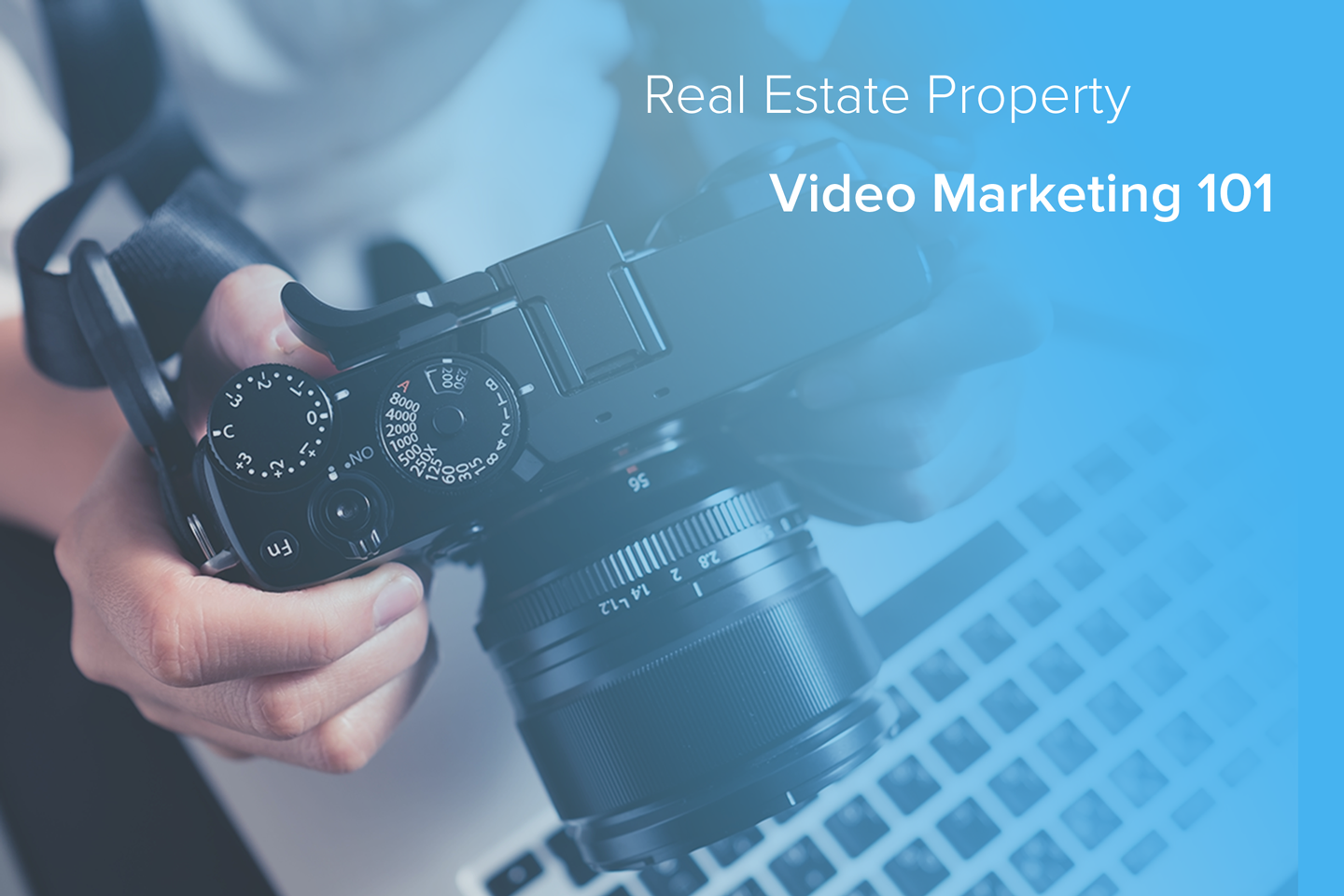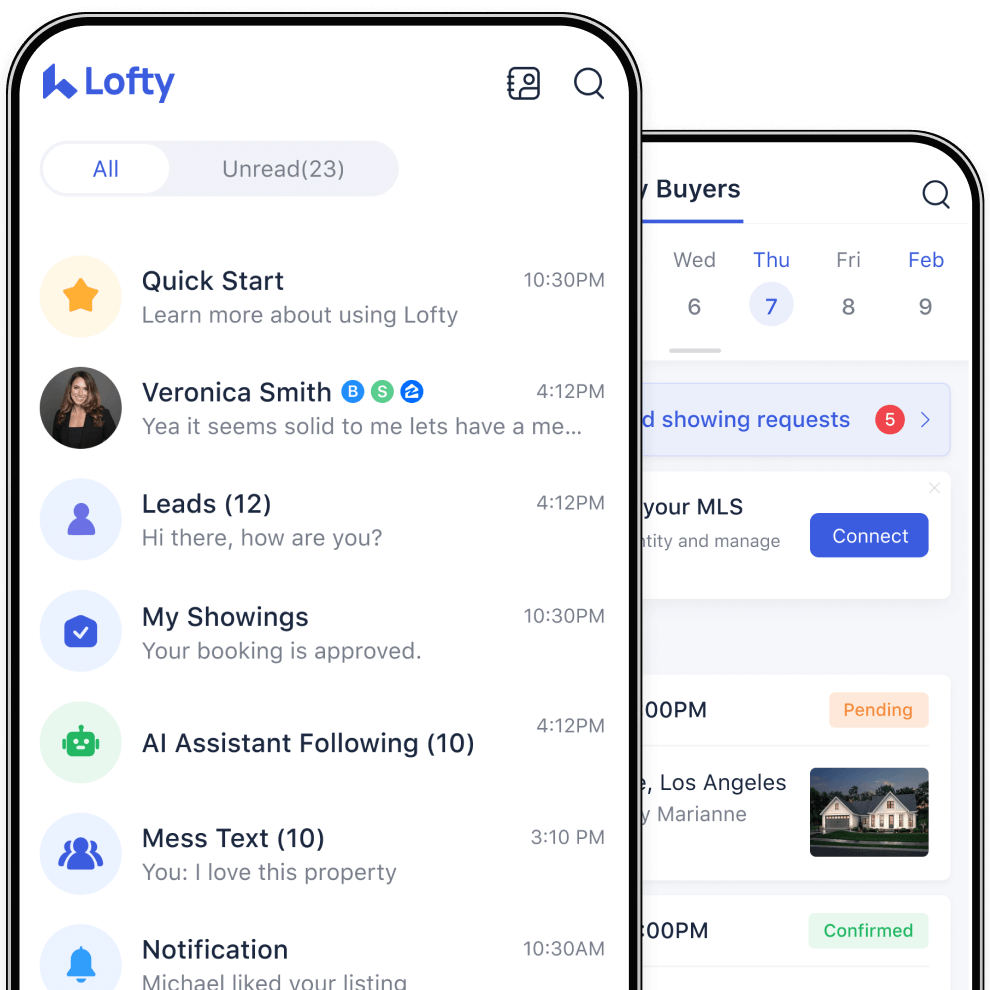Real Estate Property Video Marketing 101

Real Estate photography is something we’ve talked about a few times on Tech Thursdays. From Drones to VR, tech adds greater options. This week we’re going to simplify it down and cover traditional real estate property video marketing.
If you want to shoot video content on your own, you’re going to need dedicated hardware. You don’t want to use your phone to do a walk through. Even the best phones can’t do video well and you’re going to end up with something shaky with poor composition, which will scare off potential buyer leads and harm your brand!
It also depends on what type of video you want to shoot. If you’re going to go with static shots, you can probably get by with a tripod. But, if walk-throughs are your thing, you are going to need something to steady out your shots.
This means you’re going to need two things to do this right; a camera, and a gimbal stabilizer. The stabilizer allows you to walk and not end up with footage that looks like you shot while skipping.
Whatever units you get, they’re going to have a learning curve. Gimbals are complicated pieces of hardware, but they do the job.
Most are going to be around the $1000 mark. There are a lot of options, so make sure you do some research on your own, but most people recommend the DJI Ronin-M. If DJI sounds familiar, they are mostly known for making drones. The reason they made a gimbal is because they make them for drones and the tech is the same. Instead of being carried by a flying robot, it’s carried by you.
Another option that’s meant for single-handed use is the CAME-Optimus. It’s more expensive and not quite as highly rated as the DJI, but it’s more compact.
As for cameras, there are a lot of options, but your best bet is going to be a DSLR. You’re already going to have a big gimbal, so you might as well get a full-sized camera to shoot with. It’s also going to shoot better still shots than a camcorder. At this point in digital photography, you can pretty much do everything on a DSLR and not need a camcorder-like device. There is a lot more covering each, but some good recommendations would be the Nikon D750, the Sony Alpha A7, the Panasonic Lumix G, or the Canon EOS Rebel. All are good cameras and vary in price, so find the one that suits you best.
What types of videos can you shoot? A good resource for this is Youtube or following other agents on social and seeing what types of property video marketing content they produce. See what features you like and what things you don’t, but also note which videos have the best engagement, have the most likes, and see the most shares.
If you’re still stuck on ideas, hare are classic video marketing motifs to try:
- Walking up from the driveway to the front door.
- Inside, walking down hallways, highlighting key areas (living room, dining room, kitchen).
- Having one shot in each of the key rooms of the house.
- Showing external features (yards, porches, garages).
Additional property video marketing tips:
- If you want to highlight a single room, pick a corner and pan around the room, showing everything.
- Try to get some extras. Houses should looked lived in and that means people. Have them do things or enjoy the space in someway.
- Shoot on sunny days. If you want a few twilight or nighttime shots, that’s fine, but focus on getting most of your footage during the day.
- Film yourself (or get someone else to film you) talking about the house. Turn it into a video tour.
https://placester.com/real-estate-marketing-academy/best-real-estate-listing-video-marketing-2015/
Helpful resources:
https://www.bhphotovideo.com/
